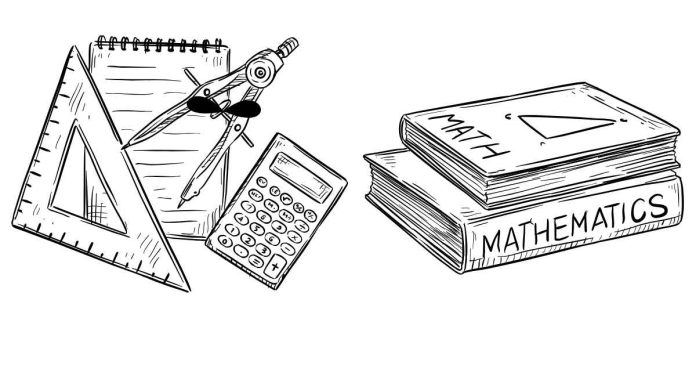In our daily lives, we often find ourselves making decisions that involve evaluating multiple alternatives. Whether you’re planning a trip, choosing a delivery route, or assessing the feasibility of a project, the distances involved can have significant impacts on the time, cost, and efficiency of your choices. One such example could be evaluating a journey of 20 miles. But how exactly does this 20-mile distance factor into a mathematical analysis, and what does it mean for the alternatives you might choose?
The Importance of Distance in Decision-Making
The first step in any decision-making process involving physical distances—like a 20-mile journey—is to recognize that distance itself isn’t just a number. It’s a variable that connects with other factors like speed, fuel consumption, and time. In mathematical modeling, this distance often serves as the foundation from which other variables are calculated.
Time: How Long Will It Take?
When you’re looking at alternatives, one of the first things to evaluate is how much time each option will take. The time needed to cover a 20-mile distance depends heavily on the mode of transportation. For example:
- By car: At an average speed of 40 mph, the journey would take 30 minutes.
- By bicycle: With a moderate cycling speed of 12 mph, the journey would take about 100 minutes.
- Walking: At a speed of 3 mph, it would take around 6 hours and 40 minutes to cover 20 miles on foot.
If your goal is to minimize time, a car may be the most efficient option. However, other factors could influence your choice, such as road conditions or traffic.
Cost: What Will It Cost to Travel 20 Miles?
Beyond time, the cost of the journey is another crucial factor to consider. This could encompass:
- Fuel costs (for a car or motorcycle): Driving 20 miles in a car that averages 25 miles per gallon will consume about 0.8 gallons of fuel. If gas is $4 per gallon, the fuel cost for the 20-mile trip would be approximately $3.20.
- Public transportation fares: A bus ride for a 20-mile journey might cost a flat fare or be based on distance. Public transit could provide a much cheaper option compared to driving, especially when factoring in parking and fuel costs.
- Wear and tear on your vehicle: A longer journey increases the cost of maintenance and depreciation of your vehicle over time.
Mathematics can help you calculate the most cost-effective option by factoring in fuel efficiency, maintenance costs, and any other relevant expenses like tolls or parking fees.
Efficiency: Making the Most of Your 20 Miles
Efficiency in this context means using the least amount of time, money, and resources to achieve your goal. A key part of evaluating alternatives is to consider how the distance impacts the overall efficiency of each option. Let’s look at some factors that influence this:
- Fuel efficiency: A hybrid car might cost you less in fuel for the same 20-mile journey compared to a gas-guzzling SUV.
- Environmental impact: While driving a car emits greenhouse gases, alternatives like biking or walking create minimal environmental impact. If sustainability is a priority, you might lean towards greener modes of transport.
- Convenience: In some cases, taking a longer, less direct route might actually save you time by avoiding traffic or road closures. Here, mathematical models could take into account factors like congestion and road types to optimize the route.
Incorporating External Factors into the Analysis
Mathematics doesn’t work in a vacuum. Real-world factors often need to be incorporated into your decision-making. For example:
- Weather conditions: A 20-mile trip could be drastically impacted by rain, snow, or high winds. In this case, a mathematical model may predict delays or higher fuel consumption, helping you make a more informed choice.
- Traffic patterns: Congestion in a city can turn a 20-mile trip into an hour-long ordeal. On the other hand, a straight highway route might be faster but require more fuel.
These external factors often require predictive models that factor in historical data (e.g., average traffic speeds at certain times of day or seasonal weather patterns) to provide a more accurate assessment of the best option.
Conclusion: The Mathematical Approach to Evaluating Alternatives
When using mathematics to evaluate alternatives, the 20-mile distance is more than just a figure on a map. It can be a dynamic variable that connects with many other elements like time, cost, and efficiency. By breaking down the different ways this distance impacts your decision-making process, you can create a more thorough analysis and make smarter, more informed choices.
Whether you’re calculating the most time-efficient route or figuring out the most economical mode of transport, using mathematical tools like optimization models, cost analysis, and time estimation can greatly improve your ability to make the best possible decision.


